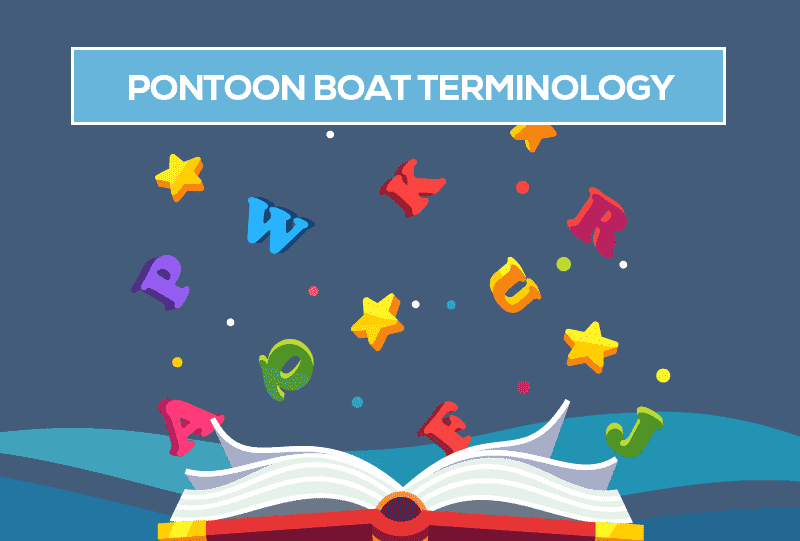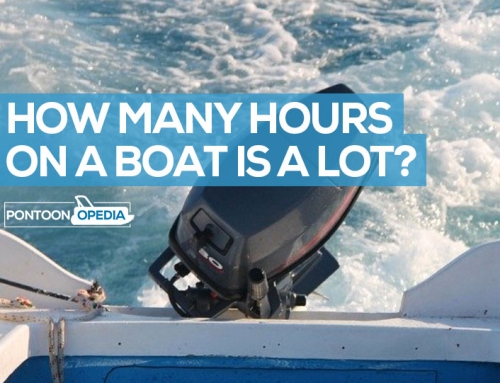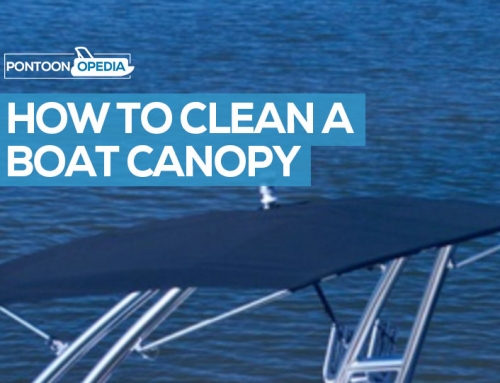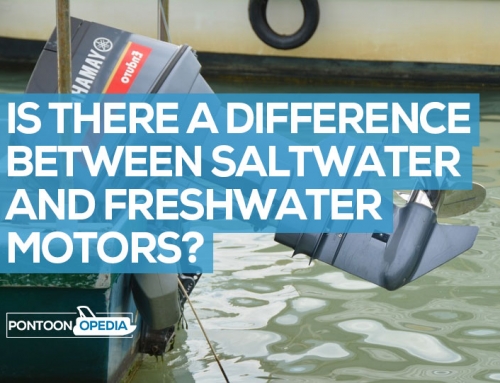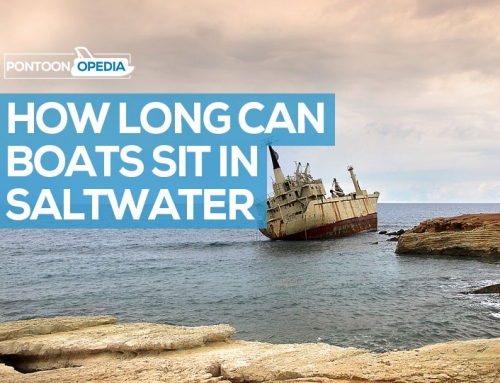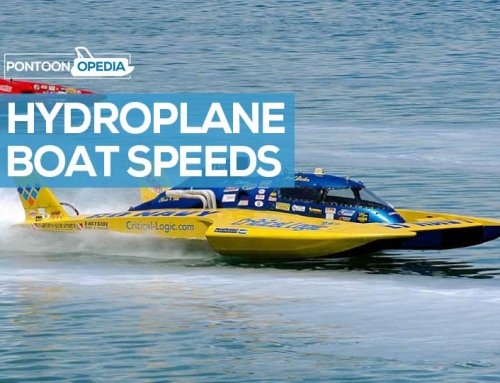If you don’t have a nautical or boating background, when you first buy a pontoon boat, some of the terminology and phrases that you hear can be quite confusing.
Do you know your aft from your stern, your port from your starboard? Perhaps you already know those simple phrases and words, but what about the other jargon and special language that pontooners use?
Once you get out on the water, or even at the dockside, you’re going to have other pontoon boat owner approaching you. For novices, some of what those “experienced” pontooners say can sound like a foreign language.
But have no fear, as below is an A to Z of pontoon boat terminology, phrases, and words that you can pick up in no time at all.
They will help you to communicate clearly when on the water, plus appear just that little bit more knowledgeable that you might actually be!
Accessories: When you first buy your pontoon, there are some essential accessories that you simply can’t do without.
Advance: This is the distance a pontoon boat will travel once you have turned the steering to a different course.
Aft: It’s just the back and rear of your boat.
Amidships: This is the middle section of your pontoon.
Anchor: Of course, you know what an anchor is, but did you know that there are different anchors depending on where you want to take your boat?
Battery: The electrics on your pontoon boat are powered by a battery. There are two different types of battery though, and you need to know which one does what.
Bilge: This is the lowest area of a boat where excess water gathers.
Bimini: An essential accessory for any pontoon is a Bimini. It will help give you and your passengers protection from the sun.
Bow: The forward half of your pontoon boat.
Burdened: A burdened vessel is one that must always yield to another craft on the water.
BWI: This acronym is short for “Boating While Intoxicated”. Being drunk in charge of a boat is the biggest cause of death on US waters.
Capacity Plate: The capacity plate or sticker should be clearly displayed in view of the helm. If you don’t have one, you can buy a replacement.
Catamaran: A boat with two hulls. Many pontoon boats are catamarans, but there are some subtle differences you should know about.
Cleat: A metal or plastic fitting used to securely attach a line. On pontoon boats they are commonly used to attached fenders or bumpers. Here are the best cleats for a pontoon.
Cross Beams: Parallel slats that connect two or more pontoons and form the basis of a foundation for the pontoon boat’s deck.
Deck: The floor of your pontoon boat, typically covered with either carpet or vinyl flooring.
Deck Boat: A monohull boat constructed with fiberglass.
Depth Finder: Also known as a fishfinder, it will let you quickly see how deep the water is. If you want to install one, click here for instructions.
Engine: Also known as your motor, you might need to replace yours at some point, and here’s the type you should buy.
Fender: Just like a car, you will need to fit bumpers to your pontoon to stop it from getting damaged. Here’s a list of the best fenders that money can buy.
Fishing: Catching fish from a pontoon boat is great fun, but only if you have the best fishing accessories.
Gel Coat: This is a colored layer of resin gel that covers the fiberglass of pontoon boats to protect against the elements and can also help with speed.
Grill: Pontoon boats are built for entertaining, and food is a massively important part of that. You can grill and BBQ on deck, and here are the best 5 pontoon grills on the market.
Head-On: If two boats approach each other at a head-on point, then neither as a right of way. You will need to pass the other vessel on the port side.
Helm: It’s where the captain sits and is the directional control station on your boat.
Hull: The outside of a pontoon boat that makes contact with the water.
Inboard: An arrangement where the engine of the board is in the interior of your pontoon boat.
In Extremis: This is a situation where neither boat is able to avoid having a collision with another vessel. In cases such as this, both captains should take evasive action to avoid a smash, and instead move take a “glancing blow” to reduce damage.
I/O: This is short for “inboard/outboard” configuration where the engine is in the interior, while the drive unit is on the exterior. Also known as a “stern drive”.
Inverse Buoyancy: A unique condition for pontoon boats where putting more weight and passengers on the pontoon reduces the stability and increases the possibility for capsizing.
In Sight: A condition where the captains of two or more boats can see the other’s vessel.
Jon Boat: Not to be confused with pontoons, these are tiny utilitarian craft with a flat bottom, also tending to be made aluminum.
Keel: The lowest portion of a boat’s hull as it sits in the water. Also, a hull appendage that improves stability.
LED Lights: It’s possible to add navigational LED lights to your boat, but also LED lights that can be fitted under the pontoons and seating for a great look. Here are some lighting ideas you might want to consider.
Lifting Strakes: These can be added under your boat to improve performance and speed.
Livewell: This is a box that fishermen use, which contains water from the lake in order to keep bait and caught live on board.
Logs: These are the cylindrical pontoons under the deck that provide the buoyancy. They are also sometimes referred to as tubes.
Making Way: A boat that is both underway and also propelled by an engine or sails.
Mayday: If you have an emergency on board, then you will make a mayday call over marine radio frequencies to call for help.
Navigation Lights: All pontoon boats must display lights when it’s dark. They show how big your boat is, the type, and what direction you are travelling in.
NMMA: This is the acronym for the National Marine Manufacturers Association. It’s the organization that certifies the quality of manufacturing concerning pontoon boats.
Not Making Way: A boat that is adrift, un-anchored, and moving around due to currents, waves or wind.
Outboard: A configuration where both the engine and drive are on the exterior of the boat.
Overtaking: If you have a faster boat coming up from behind your pontoon, then as the slower boat, you have the right of way.
PFD: Short for Personal Flotation Device, it can be a life vest. US marine law states that you should always have one PFD for every passenger on board your boat.
Pontoon Boat: You should know this, but in technical terms it’s a multihull boat that uses hollow cylinders to keep it afloat.
Port: The left-hand side of your pontoon boat.
Pressure-Treated: The infusion of chemicals into wood to stop rotting. Many pontoon boat decks are constructed with pressure-treated wood.
Prop: Just a shorter way to refer to a propeller.
Quick Cover: Having a cover for your pontoon is essential where for mooring or storage. You can buy quick covers that are snap-on. Here are some examples.
Restricted Visibility: There are certain weather conditions such as rain, snow, mist, or fog that can reduce your visibility on the water.
Right-of-Way: When encountering another boat, your pontoon with right-of-way can continue with its course and speed.
Safety: Every pontoon boat owner should have safety equipment on board. Here’s a comprehensive list of safety equipment you need to have.
Safe Speed: The maximum speed that a pontoon boat can undertake to ensure no collusions with other vessels.
Sea Legs: These are very odd-looking and rare. They are mechanical legs that sit under the pontoon boat, and with a touch of a button can raise here out of the water.
Stability: A boat’s potential to handle weight distribution shifts from side to side.
Starboard: The right-hand side of your boat.
Stern: The rearmost and back part of your pontoon boat.
Throttle: A hand lever or levers that controls speed or forward and reverse movements.
Towable Tubes: Pontooning life is all about having fun and towing an inflatable tube behind the boat is a great way to spend time. Here are some recommended inflatable tubes you might want to consider.
Towing: If you keep your pontoon boat at home, you are going to need to tow it to and from the water. For safety advice and tips on towing, click here.
Tracking: The degree to which your boat can hold a straight course.
Tritoon: Also known as a trimaran, this is just the same as a pontoon boat, but with one key difference. They have a third tube under the deck and offer improved performance.
Trolling: This is a process where fishermen cast baited lines from the boat and then try to encourage the fish to bite. You can buy special trolling motors to aid with this method.
Underway: A boat that is in motion, either by deliberate movement by the captain, or by drifting on a water current.
Vessel: This is simply another name for a water-based craft or boat.
Visual Distress Signals: Non-electronic signals, such as flags or flares, to draw attention to a vessel.
Wake: The waves that your pontoon boat creates as it moves forward through the lake or river water.
Waterline: The line around a pontoon’s hull where it intersects the water.
Water Stage: The water level and depth of rivers. This varies based on location and season. Also known as a river’s “gage.”
Water Slide: Many pontooners will buy inflatable slides to attach to the side of their boat. It’s a great way to spend time, but they can be quite expensive.
Whistle Signals: Signals that can be heard audibly They can be made by an air or electric horn blast, and aids communication between boats. Here is a list of pontoon boat rules, including horn signals.
Winch: A winch can help to pull your pontoon boat out of the water. You can also buy anchor winches that help you drop and raise the anchors.
Winterize: The process by which you prepare your pontoon boat for storage during the winter months when not in use. It includes cleaning and covering.
Xcitement: I struggled to find an “X” word relating to pontoons, but excitement and fun is what you are going to get. Here are some fun accessories you can buy to make your day on the water even better!
Yamaha: In my opinion they are the best motors that pontoon boats can have. It’s what I have, and I can’t recommend them enough.
Zippered Enclosure: Pontoon boats don’t have a lot of privacy due to the open deck plan, but you can buy pop-up changing rooms with zips that let you change out of swimming costumes or use a portable potty.

